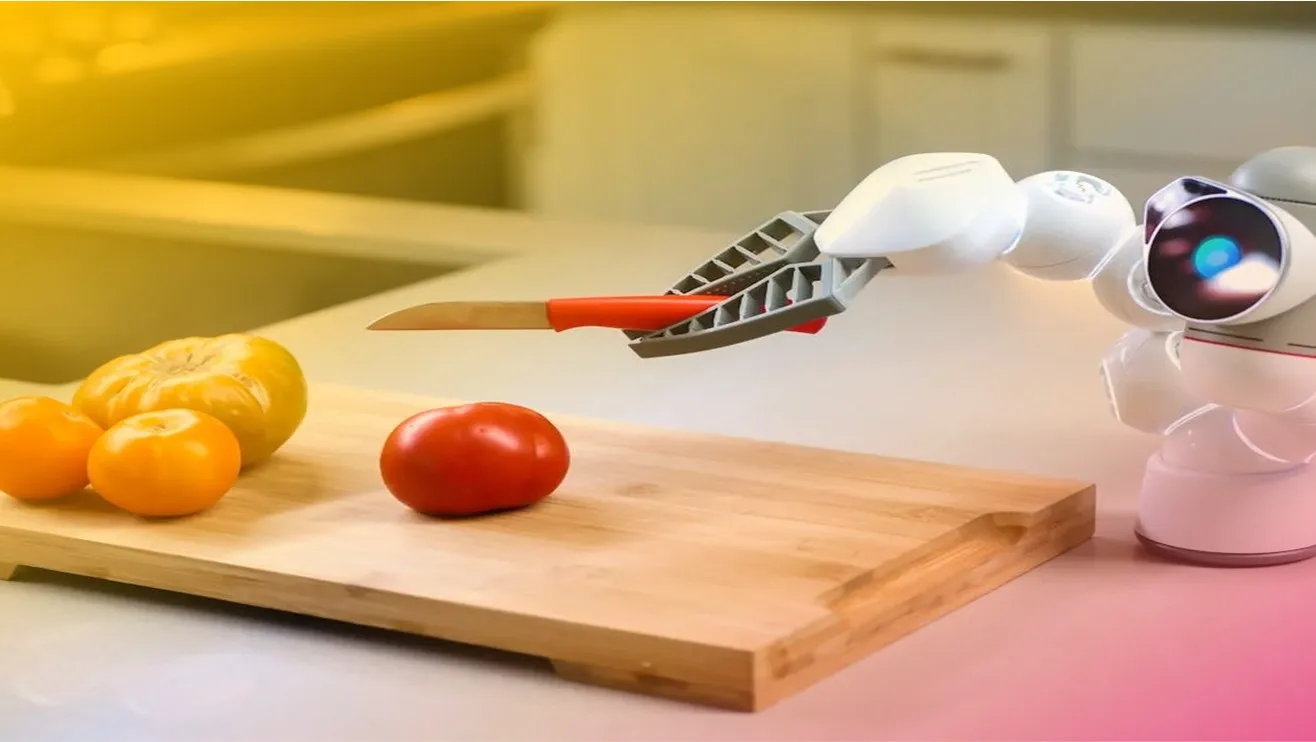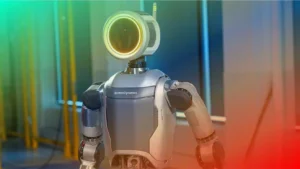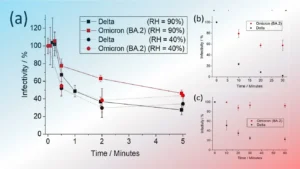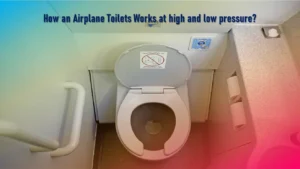The difference between Robots and Ordinary machines: Machines and robots both serve to automate tasks or actions, but they differ fundamentally in their complexity, adaptability, and autonomy. Robots can operate independently based on the programmed instructions, but Machines typically requires human inputs. Following are the main differences between a machine and a robot:
Functionality difference between robots and ordinary machines
- Machine: Typically designed for a specific task or a set of closely related tasks. It doesn’t have the capability to perform outside its designated function without being retooled or modified.
- Example: A washing machine is designed to wash clothes. You can’t ask it to brew coffee or mow the lawn.
- Robot: Can often perform a range of tasks and might be reprogrammed to undertake different activities without physical modifications.
- Example: A robotic arm in a car manufacturing plant can be reprogrammed to weld different parts of a vehicle or even to paint them.
Adaptability of robots and ordinary machines
- Machine: Generally static in its operation. If a problem arises during its operation, a human usually needs to intervene to correct it.
- Example: If a paper jam occurs in a printer, it stops working and waits for human intervention.
- Robot: Can be designed to adapt to new situations or problems using sensors and feedback mechanisms.
- Example: Some robotic vacuum cleaners can detect obstacles and navigate around them while cleaning a room.
Autonomy of robots and ordinary machines
- Machine: Operates based on human initiation and oversight. It doesn’t make decisions on its own.
- Example: A microwave oven will cook food for a set time, but it won’t decide on its own when the food is ready.
- Robot: Has a degree of autonomy and can make decisions based on preprogrammed logic and sensory input.
- Example: A self-driving car can make decisions about speed, direction, and when to stop based on its surroundings.
Complexity of robots and ordinary machines
- Machine: Usually has a straightforward mechanism or set of mechanisms.
- Example: A manual hand drill is turned by hand to create a hole.
- Robot: Contains multiple systems (mechanical, electrical, software) working in harmony, often equipped with sensors to perceive its environment and actuators to perform actions.
- Example: A drone that can autonomously navigate through a forest, avoiding trees using onboard cameras and sensors.
Programming & Control of robots and ordinary machines
- Machine: Typically controlled manually or has a very fixed set of operations.
- Example: A fan can be turned on or off, and maybe its speed can be adjusted.
- Robot: Operates based on a set of instructions or a program that can be updated, changed, or modified to fit different scenarios.
- Example: A robot used in a warehouse can be reprogrammed to pick different items or navigate a newly arranged layout.
In essence, while all robots can be considered machines, not all machines qualify as robots. Robots generally possess a higher level of autonomy, adaptability, and multifunctionality compared to other machines.
In general, Machines do tasks, whereas robots can perform both tasks as well as make decisions independently.












4 thoughts on “What is the difference between Robots and Ordinary machines?”